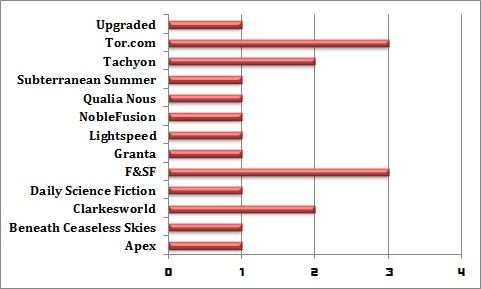
If you haven’t yet seen this wonderful and visionary short science-fiction film, please set aside 6 minutes to enjoy it. Ambition is a collaborative project of ESA and Platige Image. Directed by Tomek Baginski and starring Aiden Gillen (The Dark Knight Rises, Game of Thrones, Shanghai Nights) and Aisling Franciosi (The Fall, Jimmy’s Hall, Quirke), it was shot on location in Iceland, and screened on 24 October during the British Film Institute’s celebration of Sci-Fi: Days of Fear and Wonder, at the Southbank, London.
In six short minutes we glimpse a future with tremendous and elegant technology in which the spirit of humanity remains strong. ESA’s ostensible motive in producing the film is to promote its wonderful Rosetta project–the amazing success of which has now been widely acknowledged worldwide. But the film is not a mere promo piece. It is visionary and inspiring in its own right, with director Tomek Baginski pulling off a beautifully timed and moving story featuring great performances by Aiden Gillen and Aisling Franciosi as a master and apprentice, respectively, in this mysterious and optimistic flash of a possible future.
Yes, this short film is, on one level, a blatant plug for the Rosetta mission. But it is so well done, and such a welcome contrast to the bloated and physics-ignoring blockbusters that call themselves science fictions these day, that the relatively underplayed promotional intention of the film is more than wholly forgivable. Never mind that the Rosetta mission is, indeed, the monumental event this film suggests.

IMDb describes the story line like this:
The story of one of the most important space exploration endeavours of this decade. Just as Gillen’s enigmatic Master encourages Franciosi’s Apprentice to seek out the key to life amidst a rugged alien landscape, ESA has been on a decade-long ambitious journey of its own, to unlock the mysteries of a comet and the origins of our Solar System with its Rosetta spacecraft, hundreds of millions of kilometres from Earth. Ambition complements the ongoing communication about Rosetta and adds a “human dimension” to the scientific and technological achievements of the mission, which include curiosity, drive and ambition.

The Director
Tomek Bagiński is a Polish illustrator, animator and director. His first film Rain won local awards. Between 1999 and 2002 he worked his short film debut, The Cathedral, which was nominated for an Oscar for the best animated short film. He is also the author of all covers of Jacek Dukaj books, including the novel entitled Ice. Apart from his own projects, Bagiński works as a director on commercials and stage shows. He has published in many trade magazines, from United States to China and Japan. His directing film credits include the Ambition (2014), Animated History of Poland (2010), Beig (2009), Making of Fallen Art (2005), The Cathedral (2002) and others. His writing credits include Ambition, The Kinematograph (2009), Fallent Art (2004), and The Cathedral.

Visit the Ambition website: http://ambitionfilm.com
Watch the teaser trailer here
Watch the film here
Watch the Making of Ambition film here
Listen to the soundtrack here
Watch the teaser trailer here
Watch the film here
Watch the Making of Ambition film here
Listen to the soundtrack here


